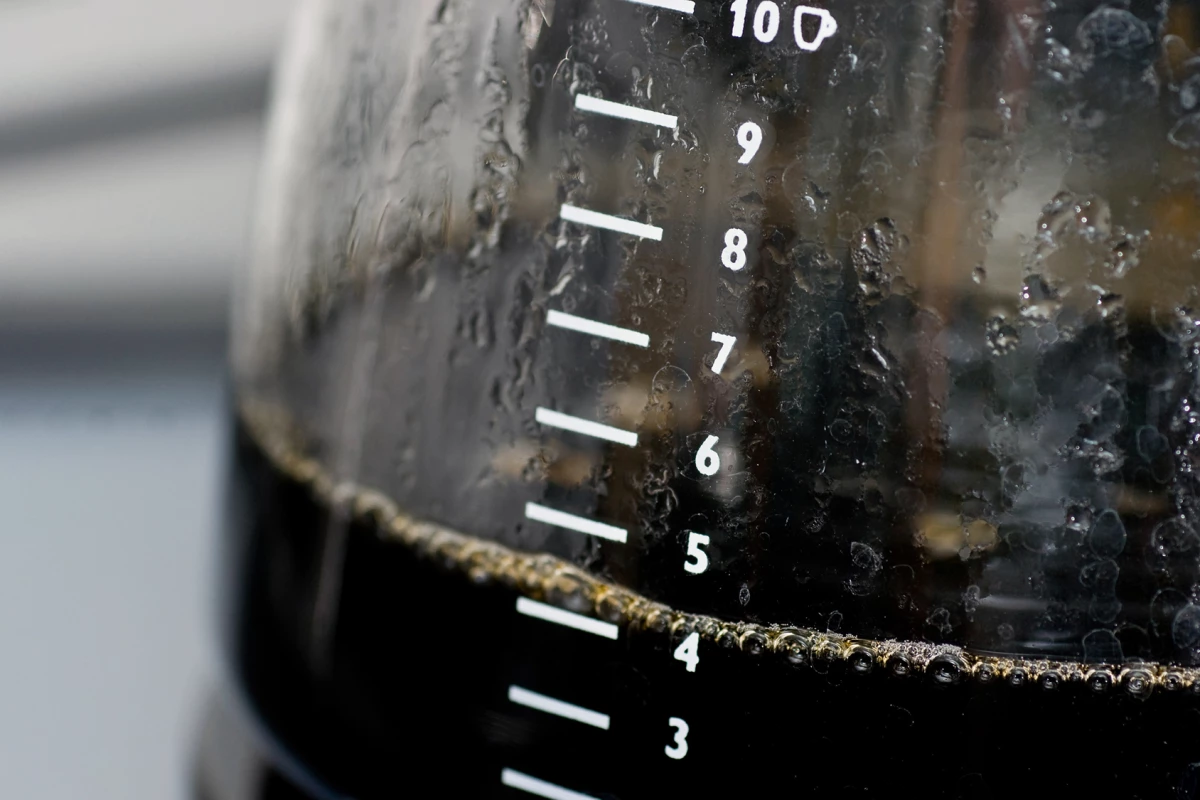The method used to brew coffee can significantly affect levels of natural cholesterol-raising compounds called diterpenes, according to a new study. It might be that the way your coffee is made is affecting your heart health.
Available on all seven continents, coffee truly is a global beverage. Indeed, over 2.25 billion cups of the stuff are consumed every day around the world. And coffee is generally equated with positive health benefits thanks to its bioactive compounds.
However, new research led by Uppsala University in Sweden investigated how the brewing method used to make coffee can affect levels of natural compounds called diterpenes that can raise low-density lipoprotein, also known as LDL or ‘bad’ cholesterol, levels, which can, in turn, affect cardiovascular health.
“Considering how much coffee is consumed in Swedish workplaces, we wanted to get a picture of the content of cholesterol-elevating substances in coffee from these types of machines,” said David Iggman, a researcher at the University’s Clinical Nutrition and Metabolism Unit and the study’s corresponding author. “We studied fourteen coffee machines and could see that the levels of these substances are much higher in coffee from these machines than from regular drip-filter coffee makers.”

Previous research had already demonstrated that boiled coffee – Turkish coffee, for example – contained high levels of the worst of these diterpenes, cafestol and kahweol, whose LDL-cholesterol-elevating properties have been known about since the 1990s. And it was known that filter paper removed these troublesome diterpenes from boiled coffee. In 2020, a 20-year-long Norwegian study found that consuming unfiltered coffee was associated with higher mortality risk from cardiovascular causes than consuming filtered coffee. This led to the implementation in 2023 of the Nordic Nutrition Recommendations, which recommends filtered coffee as the safer choice.
For the present study, the researchers, aware that large amounts of machine-brewed coffee are consumed at work, aimed to ascertain the concentrations of diterpenes in samples from machine coffees from real-life Swedish public spaces. They took samples from 14 machines across four healthcare facilities, selecting the standard setting and size for a cup of brewed coffee. Two samples were taken from each machine, two to three weeks apart. Of the 14 machines, 11 were brewing coffee machines, and three were liquid-model machines. A brewing machine makes coffee by running hot water through ground coffee, whereas a liquid-model machine mixes pre-made liquid coffee concentrate with hot water to instantly make a cup of coffee.
Additional common, homemade coffee brews were prepared for comparison: drip-brewed coffee, percolator, French press/cafetière, and boiled coffee. The same boiled coffee was filtered through a two-layer polyester-acrylic sock, apparently recommended as a replacement for a paper coffee filter. In addition to the homemade brews, four espresso samples were collected at three cafeterias and one laboratory workplace coffee machine.
Each sample was analyzed using liquid chromatography-tandem mass spectrometry (LC-MS), and cafestol and kahweol levels were measured. Coffees from brewing machines had higher diterpene concentrations than paper-filtered coffee, but lower than boiled coffee. Brewing machine coffee had a median cafestol of 175.7 mg/L and a median kahweol of 141.8 mg/L. For liquid-model machines, there was one outlier sample with unusually high concentrations of cafestol and kahweol (344.2 mg/L and 288.2 mg/L, respectively). When this outlier was omitted, the mean was 5.9 mg/L cafestol and 4.8 mg/L kahweol, on par with paper-filtered variants. Filtering boiled coffee with a cafestol concentration of 939.2 mg/L through a sock considerably reduced its cafestol to 28.0 mg/L. Other coffee variants had intermediate concentrations of cafestol – between 68.7 mg/L to 91.2 mg/L – except the espresso samples, which had cafestol levels of up to 2,446.7 mg/L.

“From this, we infer that the filtering process is crucial for the presence of these cholesterol-elevating substances in coffee,” Iggman said. “Obviously, not all coffee machines manage to filter them out. But the problem varies between different types of coffee machines, and the concentrations also showed large variations over time.”
The researchers also calculated the diterpenes’ estimated effects on blood LDL cholesterol. The average cup volume they obtained from the coffee machines was 137.5 ml (4.6 fl oz). The researchers estimated that replacing three cups of brewing machine coffee with paper-filtered coffee five days a week would reduce LDL cholesterol by 0.58 mmol/L. For context, they say that the effect of diterpenes would be equivalent to adding 60 ml (2 fl oz) of full-fat (40%) cream to each cup of paper-filtered coffee.
“Most of the coffee samples contained levels that could feasibly affect the levels of LDL cholesterol of people who drank the coffee, as well as their future risk of cardiovascular disease,” said Iggman. “For people who drink a lot of coffee every day, it’s clear that drip-filter coffee, or other well-filtered coffee, is preferable. To determine the precise effects on LDL cholesterol levels, we would need to conduct a controlled study of subjects who would drink the coffee.”
The study was published in the journal Nutrition, Metabolism & Cardiovascular Diseases.
Source: Uppsala University







